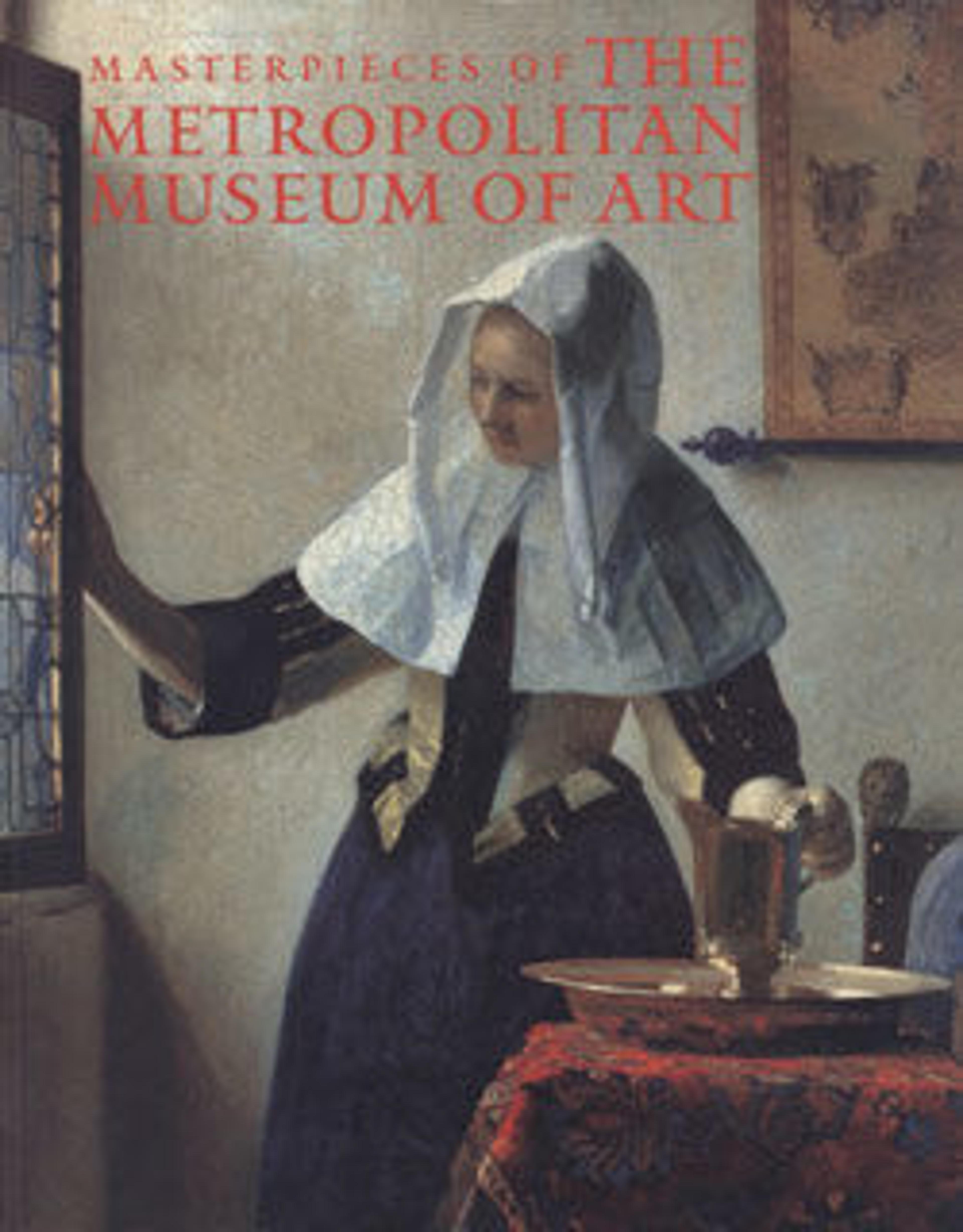Disk Brooch
The region of Kent, in southeastern England, was an important center of Anglo-Saxon jewelry production of the type represented by this delicate, brightly colored piece. The interlace patterns created by gold filigree and the polished garnets reflect the high quality of goods worn by individuals in life and later buried with them.
Artwork Details
- Title: Disk Brooch
- Date: early 600s
- Geography: Made in Faversham, England
- Culture: Anglo-Saxon
- Medium: Gold with garnets, glass, and niello
- Dimensions: Overall: 1 7/8 x 7/16 x 1/16 in. (4.7 x 1.1 x 0.2 cm)
- Classification: Metalwork-Gold
- Credit Line: Purchase, Joseph Pulitzer Bequest, 1987
- Object Number: 1987.90.1
- Curatorial Department: Medieval Art and The Cloisters
More Artwork
Research Resources
The Met provides unparalleled resources for research and welcomes an international community of students and scholars. The Met's Open Access API is where creators and researchers can connect to the The Met collection. Open Access data and public domain images are available for unrestricted commercial and noncommercial use without permission or fee.
To request images under copyright and other restrictions, please use this Image Request form.
Feedback
We continue to research and examine historical and cultural context for objects in The Met collection. If you have comments or questions about this object record, please contact us using the form below. The Museum looks forward to receiving your comments.
